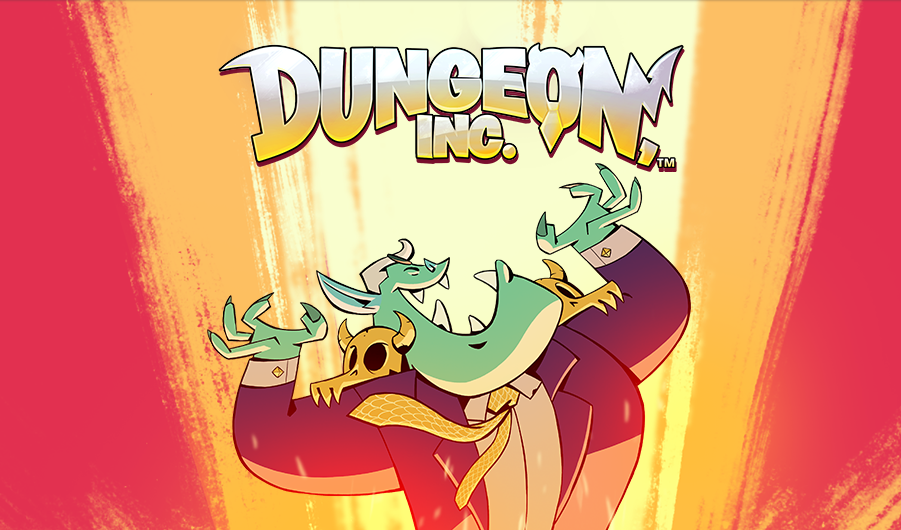New Zealand champions its tech industry – but is the gaming industry missing out on the love?

It’s no secret that New Zealand’s tech sector is a fast-growing hotbed of creativity and innovation. A state of the nation report by NZTech last year found it contributes $16.2 billion to New Zealand’s GDP and employs 100,000 people.
At current growth rates, it’s been predicted to overtake tourism and dairy to become New Zealand’s biggest export earner by 2020.
But when this focus is narrowed down to the gaming sector, it isn’t quite flourishing to the same extent.
While its 2017 survey results are yet to be released, the New Zealand Game Development Association’s (NZGDA) 2016 survey found the industry’s revenue grew 13 percent to earn $88.9 million. Almost all of the revenue (92 percent) came from exports of interactive software and online services.
NZGDA chairperson, James Everett, who is a lead game designer with Weta Workshop and Magic Leap by day, says this revenue could leap in size – and contribute far more to the tech sector, as well as the nation’s GDP – if the industry was shown a bit more love.
“Until very recently, there was very little support for the games sector,” Everett says. “There still is very little.”
He points to Finland’s gaming industry, which has around 2,500 employees in the sector.
The Finnish Funding Agency for Technology and Innovation (Tekes) has invested €100 million into the Finnish gaming industry since 1995, mostly through R&D projects. €28 million of that was during the Skene – Game Refueled programme from 2012 to 2015, which led to €53 million in private investment in the sector.
In 2016, the turnover of the industry reached €2.5 billion (NZ$4.14 billion), making New Zealand’s $88.9 million turnover pale in comparison.
“With 600 people employed in New Zealand, there’s a big jump there but it’s not a ridiculous jump [compared to Finland’s 2,500 people employed],” Everett says.
“I’m fairly optimistic we can grow a billion-dollar industry within New Zealand within 10 years, within our borders, if we maintain our export rates of 90 plus percent.”
In terms of funding, he says the NZGDA has had productive conversations with the New Zealand Film Commission, while it runs a programme called Kiwi Game Starter where the winner receives $10,000 and the runner-up receives $5000.
The programme was sponsored by Callaghan Innovation in previous years, which Everett says has since “shifted its priorities”.
However, he says there still isn’t nearly enough funding to get the industry to where it needs to be.
“We’ve spent a lot of time with various ministries – from MBIE to New Zealand Trade and Enterprise – we’re always happy to discuss it. We’ve received a very warm welcome, but that hasn’t translated into action. Hopefully we’ll see some more traction on that front sooner rather than later, because the opportunity is massive. It feels like right now, we’re doing okay and we should be doing great, so a little bit of support would go an enormously long way.”
One of the challenges the game development sector faces is it doesn’t seem to be taken as seriously as other areas of the technology industry due to its association with kids, or fantasy-based storytelling and fun.
“Game development is seen in a fairly narrow light,” Everett says. “People have a lot of preconceptions of games in terms of who plays, in terms of policy making – ‘it’s kids’ stuff’ – well actually, the average age of players in New Zealand is 34. Also, from a tech and creative standpoint there’s a lot of serious work being done in gaming.”

Source: Digital New Zealand 2018
He points to the world first of virtual reality training software being used to teach students how to use x-ray technology at the Ara Institute of Canterbury, which was which was developed by James Hayes.
“There’s such a range of what games can do from an economic standpoint,” he says. “The work that’s done by a team of three people can literally create hundreds of millions of dollars in revenue. If those games were being made in New Zealand by New Zealand companies, the revenue would stay here rather than going back overseas. Right now, there’s a lot of creative talent going towards stuff that goes overseas.”
At the moment, he says funding is the most pressing need the sector is facing to get more projects off the ground. R&D is at the core of game development, he says.
“You want to have as many projects out there on the go as possible and make careful, informed picks on which ones to back, which spreads the risk a bit,” he says.
“This spread dramatically increases the chances of getting a big hit like Angry Birds or Clash of Clans out of this, but you can never know which game is going to be that game.”
Even with Angry Birds, he says the developers, Rovio, had put out 51 games prior to that little success.
“It’s a business where a big hit can be a really big hit, but it’s difficult – how do you pick winners? That’s where investors need to be educated on how the industry works.”
But he says it’s an exciting opportunity, as the New Zealand gaming industry has the potential to do as well as its overseas counterparts are doing.
“[Wellington based] PikPok’s games have been played by 100s of millions of players. The audiences are out there for us to go and find. Those opportunities are there, but we need to support those teams,” Everett says.
The NZGDA’s latest 2017 survey results of the developer industry will be released at the end of this month.




